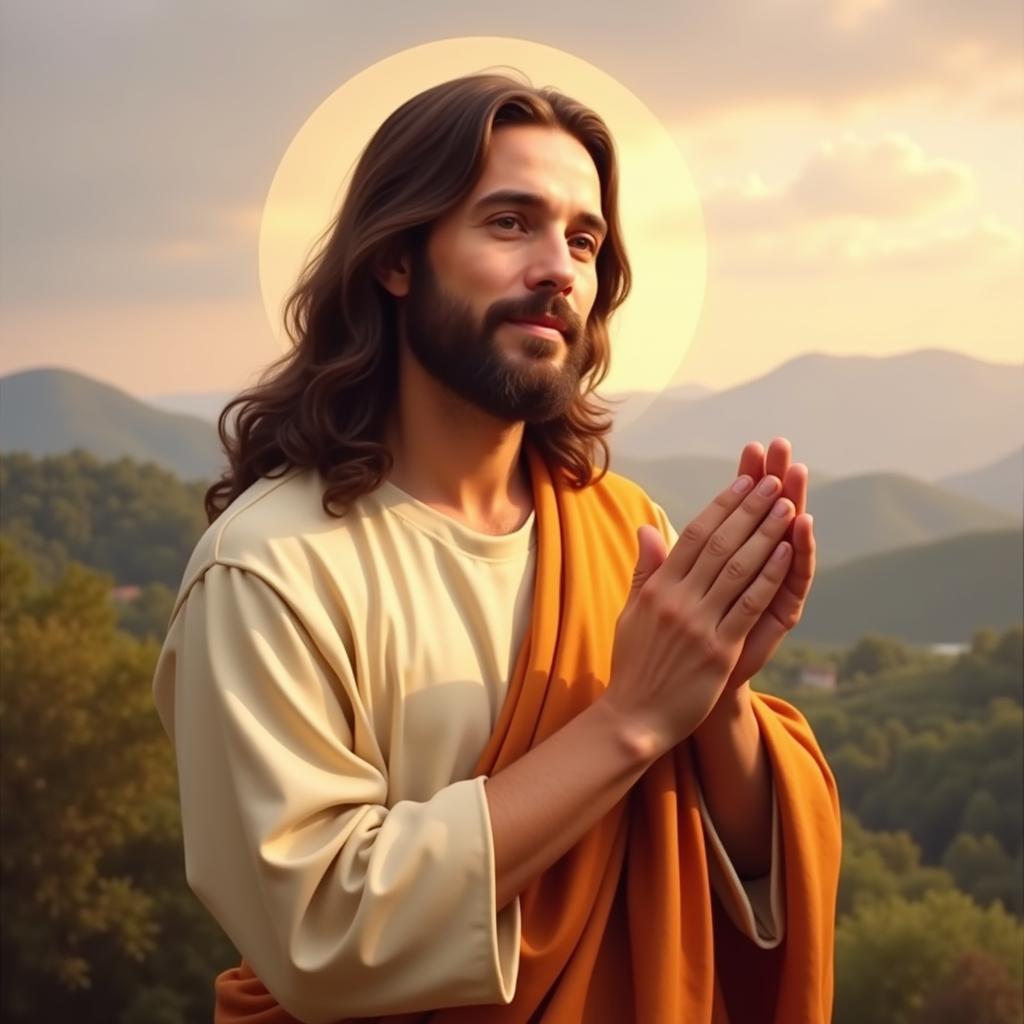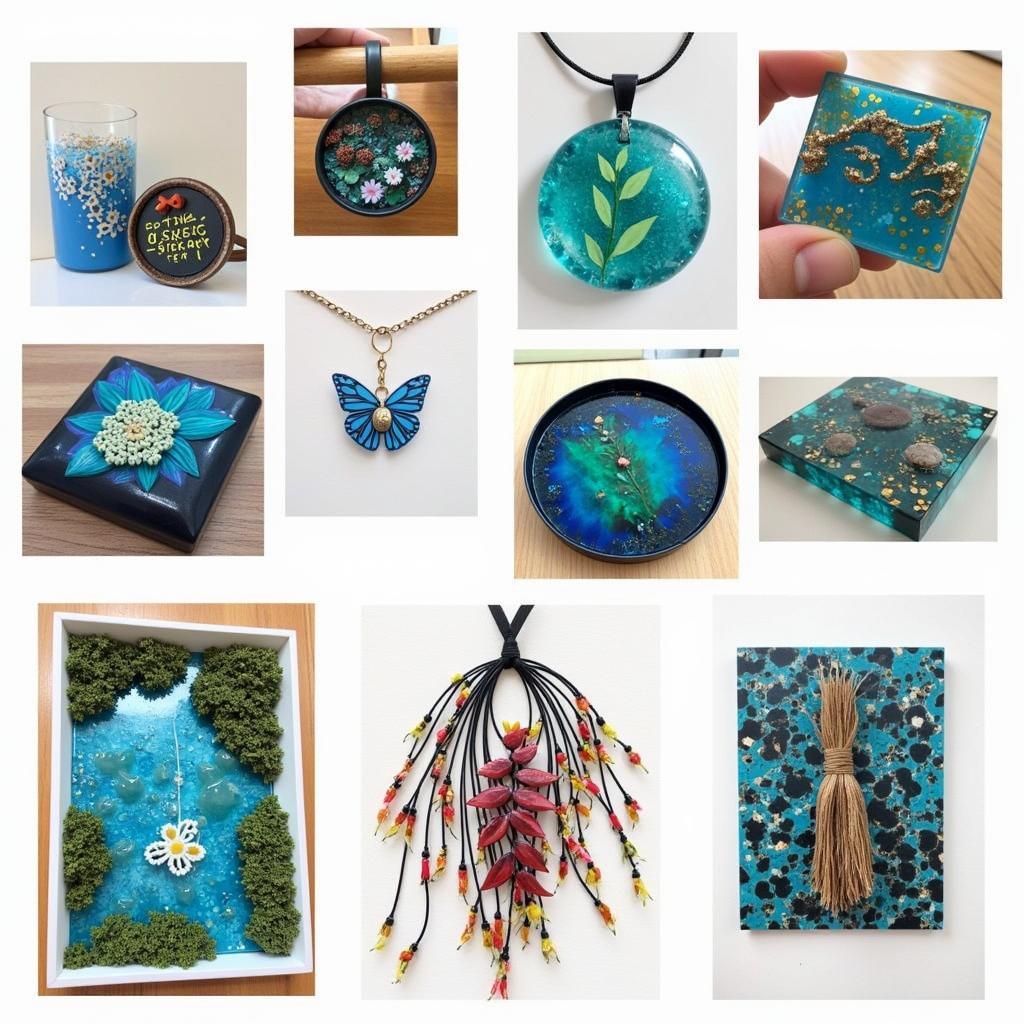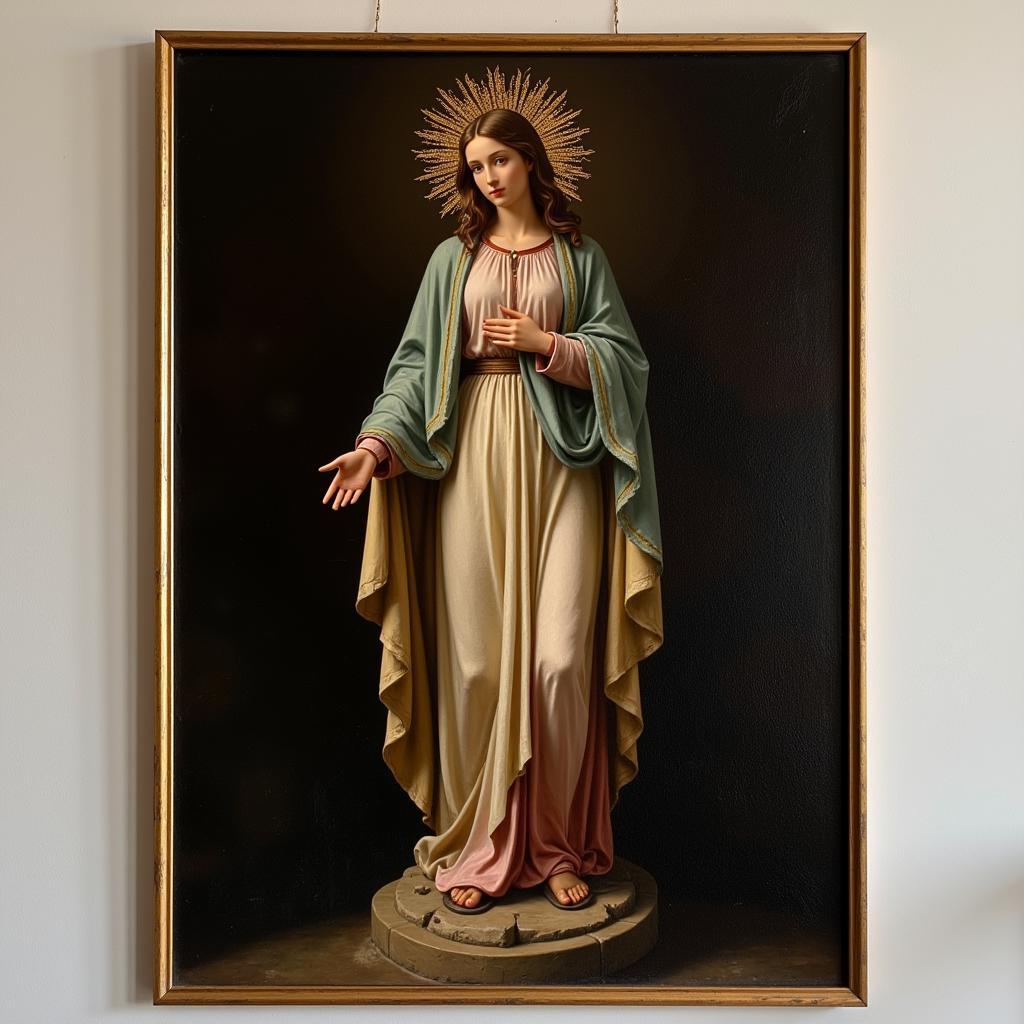Exploring the Art of the Clown Mask
Clown Mask Art has a rich and complex history, encompassing a wide range of styles, materials, and cultural significances. From the comedic and whimsical to the grotesque and terrifying, clown masks have captured our imaginations and evoked powerful emotions for centuries. Whether you’re a seasoned artist, a curious enthusiast, or simply seeking inspiration for your next Halloween costume, this article delves into the fascinating world of clown mask art. We’ll explore its history, creation, and various interpretations, providing you with a comprehensive understanding of this unique art form. For some ready-made mask options, check out this art the clown face mask.
A Brief History of Clown Masks
The use of masks in theatrical performances dates back to ancient civilizations. Clown masks, in particular, emerged as a distinct form of expression in various cultures. In ancient Greece and Rome, masked actors entertained audiences with comedic and satirical plays. Commedia dell’arte, a form of improvisational theatre that flourished in Italy during the 16th century, featured iconic masked characters like Harlequin and Pierrot, whose exaggerated features and expressions contributed to the humor and drama of the performances.
Over time, clown masks evolved beyond the stage, becoming integral to festivals, carnivals, and other cultural celebrations. They represent different archetypes, from the mischievous trickster to the melancholic fool. The design and symbolism of clown masks vary across cultures, reflecting the unique traditions and beliefs of each community.
Creating Your Own Clown Mask: A Step-by-Step Guide
Creating your own clown mask can be a rewarding experience, allowing you to express your creativity and explore different artistic techniques. Here’s a simple guide to get you started:
- Gather your materials: You’ll need materials like plaster bandages, modeling clay, acrylic paints, brushes, and sealant.
- Build the base: Create a mold using plaster bandages over a balloon or a pre-existing form.
- Sculpt the features: Once the base is dry, sculpt the clown’s features using modeling clay. Consider the emotions you want to convey.
- Let it dry: Allow the clay to dry completely before painting.
- Paint and seal: Paint your mask with acrylic paints and seal it with a protective sealant for durability.
Creating a clown mask involves more than just technical skill. It requires an understanding of the character you want to portray. What emotions should your mask evoke? Joy, sadness, fear? Answering these questions will guide your creative process. Check out this terrifier art the clown mask for some inspiration.
Different Types of Clown Masks
Clown masks encompass a vast spectrum of styles and interpretations. From the traditional whiteface clown to the more contemporary Auguste and character clowns, each type has its distinct features and symbolism. Understanding these differences is crucial for appreciating the diverse world of clown mask art.
The Whiteface Clown
The whiteface clown, with its stark white makeup and exaggerated features, often represents innocence and purity, though it can also take on a more sinister persona. The art the clown latex mask is a perfect example of this duality.
The Auguste Clown
The Auguste clown, characterized by its oversized clothes, vibrant colors, and slapstick humor, represents a more chaotic and mischievous energy.
Character Clowns
Character clowns portray specific personalities or professions, offering a more nuanced and relatable depiction of the human condition. This opens up a whole world of possibilities for clown mask art.
Why are clown masks so captivating?
Clown masks, with their exaggerated features and vibrant colors, hold a unique power to captivate and intrigue us. They serve as a window into the human psyche, allowing us to explore a range of emotions, from laughter to fear.
The Psychology of Clown Masks
The psychology behind our fascination with clown masks is complex and multifaceted. The masks offer a sense of anonymity and freedom, allowing us to step outside of our everyday selves and embrace different personas. However, this same anonymity can also be unsettling, contributing to the phenomenon of coulrophobia, or the fear of clowns.
“Clown masks are powerful tools for exploring the human condition,” says Dr. Amelia Hart, a renowned art therapist. “They allow us to express emotions that we might otherwise suppress, offering a cathartic and transformative experience.”
Clown Mask Art in Popular Culture
Clown masks have made their mark on popular culture, appearing in films, literature, and various art forms. Their presence often adds a layer of complexity and intrigue to the narrative, reflecting our ongoing fascination with these enigmatic figures. For those interested in other artistic interpretations of clowns, exploring joaquin phoenix joker art can be a fascinating experience.
“The clown mask is a powerful symbol that transcends cultural boundaries,” says renowned art critic, Johnathan Davies. “It speaks to our deepest fears and desires, reminding us of the duality of human nature.”
Conclusion
Clown mask art is a multifaceted and fascinating field, encompassing a rich history, diverse techniques, and profound psychological implications. Whether you’re a seasoned artist, a curious enthusiast, or simply looking for inspiration, exploring the world of clown masks can be a rewarding experience. From creating your own mask to appreciating the artistry and symbolism behind existing ones, clown mask art offers a unique lens through which to explore the complexities of human emotion and expression. And if you’re a fan of horror-themed art, you might also appreciate this friday the 13th cover art.
FAQ
-
What materials are commonly used to make clown masks?
Common materials include latex, plaster, papier-mâché, and thermoplastic. -
What is the significance of the colors used in clown masks?
Colors often hold symbolic meaning, with white representing innocence, red representing excitement or anger, and black representing mystery or sadness. -
How long does it take to create a clown mask?
The time varies depending on the complexity of the design and the materials used. -
Are there any online resources for learning how to create clown masks?
Yes, numerous tutorials and workshops are available online. -
Where can I buy clown masks?
Clown masks can be purchased online, at costume shops, and at some art supply stores. -
What is coulrophobia?
Coulrophobia is the fear of clowns. -
What are some famous examples of clown masks in popular culture?
Pennywise from “It” and the Joker from Batman are iconic examples.
Possible Situations and Questions:
- Situation: You are an artist looking for inspiration for a new project. Question: What are some unconventional approaches to clown mask design?
- Situation: You are a teacher planning a lesson on mask-making. Question: What are some simple clown mask designs suitable for beginners?
- Situation: You are preparing for a Halloween party. Question: Where can I find a unique and high-quality clown mask?
Further Exploration:
You might also be interested in articles about:
- The history of theatrical masks
- The psychology of masks and identity
- Different types of clowns and their roles
Need further assistance? Contact us at Phone Number: 02462573573, Email: danteum@gmail.com or visit our address: Savico Megamall, 7-9 Đ. Nguyễn Văn Linh, Gia Thụy, Long Biên, Hà Nội 10000, Việt Nam. We have a 24/7 customer service team ready to help.


